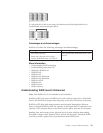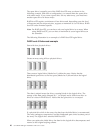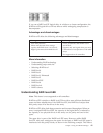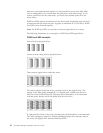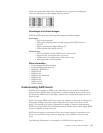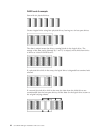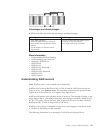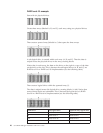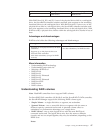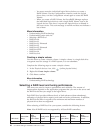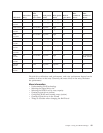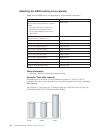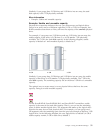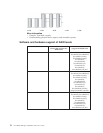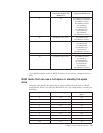
RAID level-10 example
Start with six physical drives.
Create three arrays (labeled A, B, and C), each array using two physical drives.
Then create a spanned array (labeled as *) that spans the three arrays.
A sub-logical drive is created within each array (A, B, and C). Then the data is
striped across the physical drives in the array, creating blocks.
Notice that, in each array, the data on the drive on the right is a copy of the data
on the drive on the left. This is because the sub-logical drives (A, B, and C) are
RAID level-1 in a RAID level-10 implementation (see the following table).
Then create a logical drive within the spanned array (*).
The data is striped across this logical drive, creating blocks ( 1- 12). Notice that
none of these blocks are redundant. This is because the logical drive is RAID
level-0 in a RAID level-x0 implementation (see the following table).
RAID level Sub-logical drive Spanned array logical drive
00 RAID level-0 RAID level-0
10 RAID level-1 RAID level-0
1E0 RAID level-1E RAID level-0
50 RAID level-5 RAID level-0
46 ServeRAID Manager Installation and User's Guide




